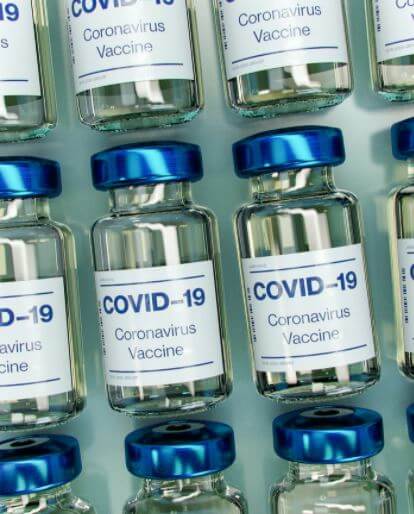Australia’s Chief Medical Officer Paul Kelly has been in the media over the past week talking up the prospects of the Oxford-AstraZeneca vaccine. Kelly is defending the Oxford vaccine’s 70% effectiveness in light of the 95% effectiveness of the Pfizer/BioNTech and the Moderna vaccines.
“The choice is not whether one is better than the other; it’s which one is available to give the maximum rollout of vaccine to save lives and to protect lives this year,” he told ABC. “The answer to that is the one we can make here.”
Aided by a manufacturing license agreement to CSL (ASX: CSL), Australia will be able to distribute over 50 million doses of the Oxford vaccine. By contrast, the government has secured importation of just 10 million doses of the Pfizer vaccine. Each person vaccinated requires two doses.
The Oxford vaccine also has the advantage that it can be stored in a regular refrigerator. The Pfizer vaccine must be stored at -70°C.

What are the concerns about the Oxford-AstraZeneca vaccine?
Kelly is right to be up-beat about the vaccine. In a recent poll, just 77% of Australians say they would get a Covid-19 vaccine, which may not be enough to generate herd immunity for the population as a whole. Kelly is no doubt keen to increase enthusiasm and up-take.
At the same time, there are legitimate questions about the Oxford vaccine yet to be answered. Most fundamentally, current projections are based on the team’s 8 December 2020 “interim results analysis.” The full study results are still to come.
Secondly, the touted 70% effectiveness figure is in fact a composite result. Two full doses of the vaccine gave participants a 62% reduction in symptomatic Covid-19 infection. By contrast, a sub-group mistakenly given a half-dose for their first injection actually saw a 90% reduction in Covid-19 infections. Concerningly, corporate and academic personnel involved in the vaccine’s development differ as to whether the half-dose was indeed an “error” and a “useful mistake,” as some told Reuters.
The half-dose group that saw 90% effectiveness also did not include any participants over the age of 55. However, according to Nature, the data showed the half-dose regimen was more effective even when comparing only those under the age of 55.
Lastly, it is not clear whether the Oxford vaccine reduces asymptomatic infection.
Clearly, we need to await the final results before making any bold claims about the timeline for vaccination in Australia, economic recovery and the return of international travel.
If you enjoyed this article, you can follow Christian on Twitter.